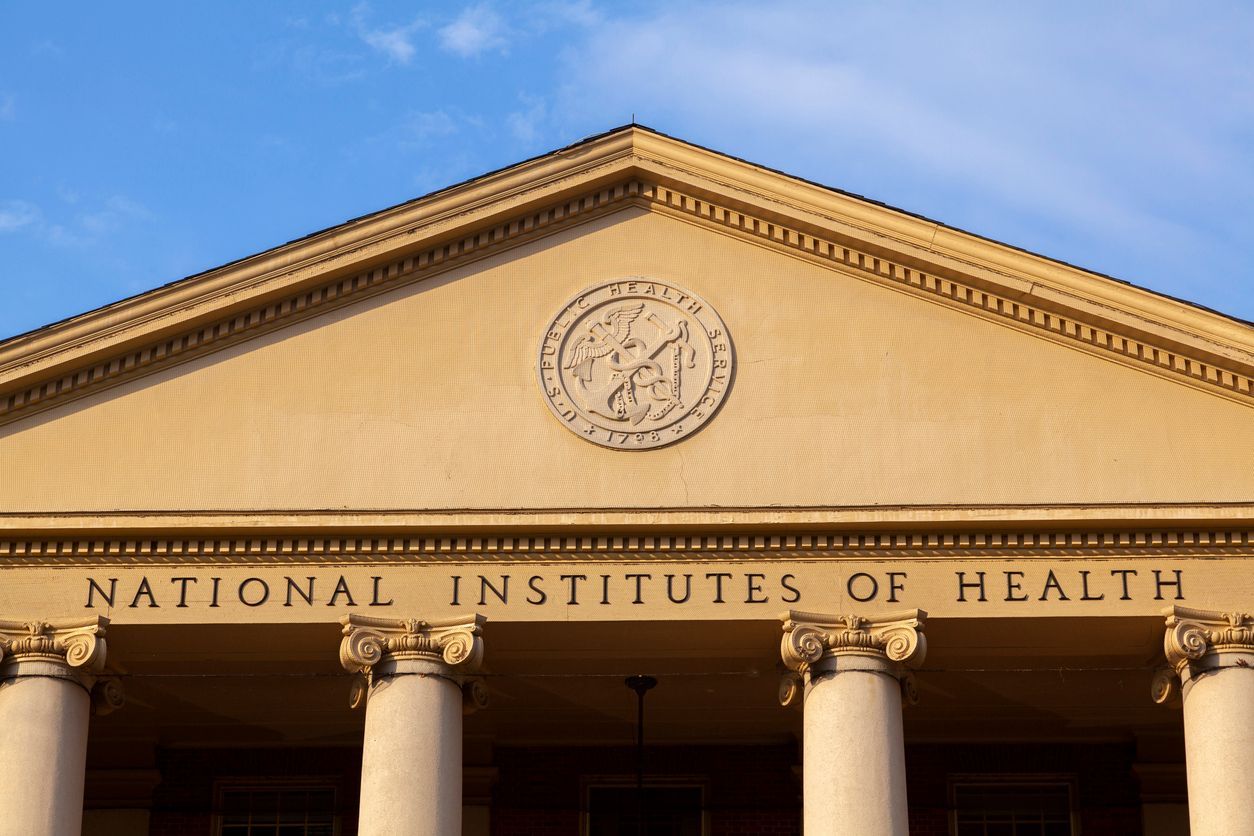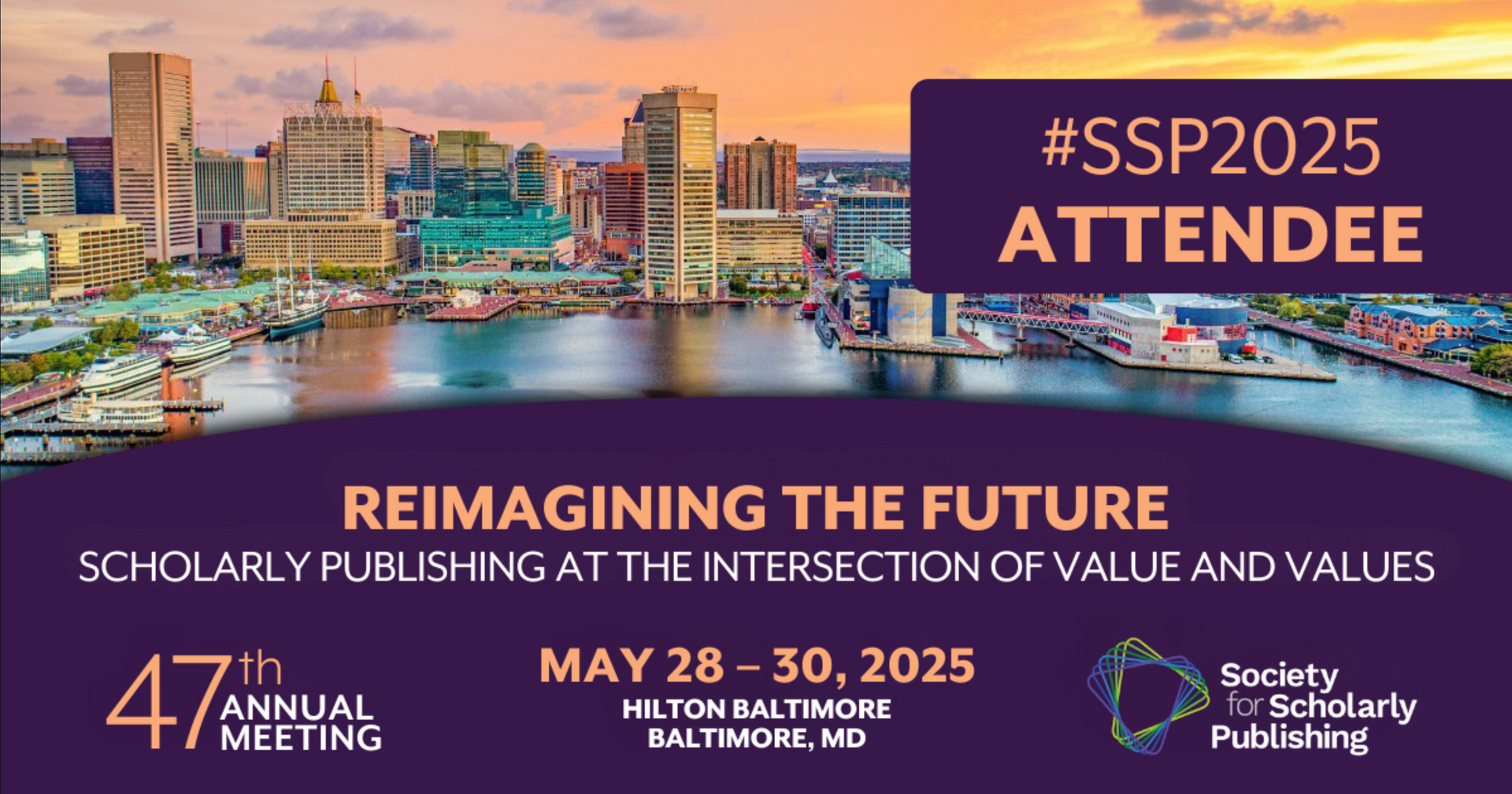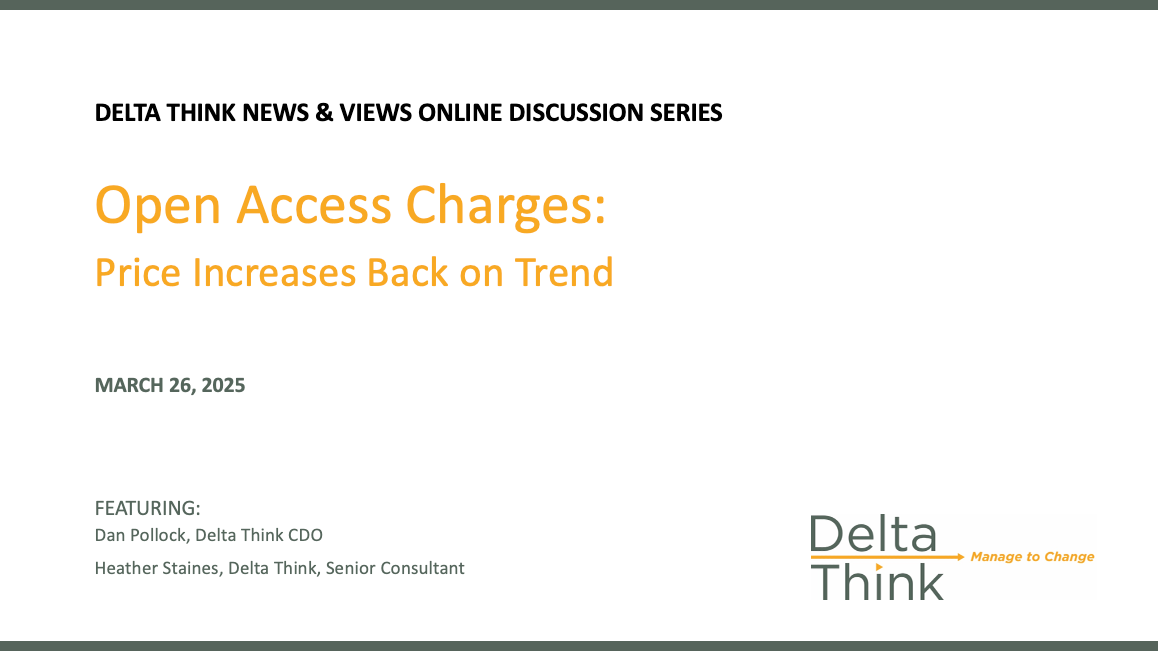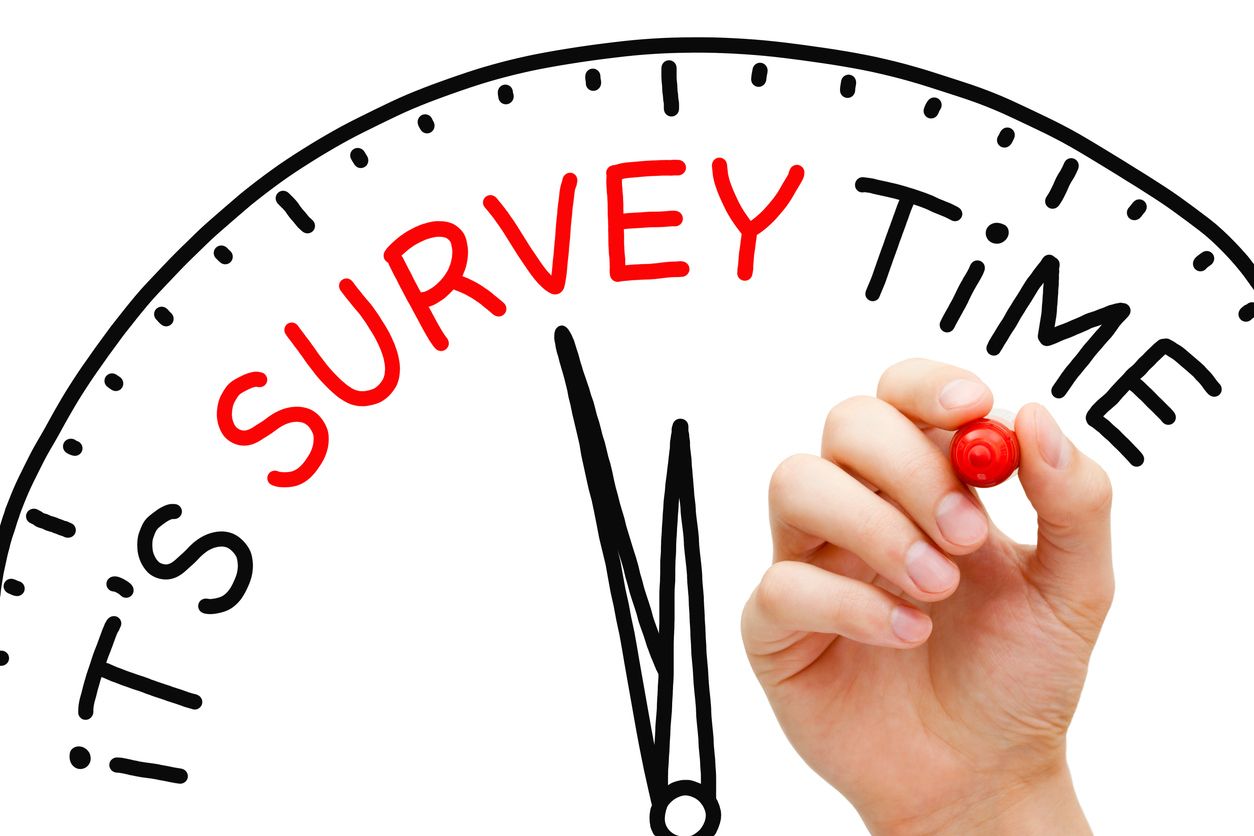News & Views: Connecting the Metadata Dots

Connecting the Metadata Dots: An Hypothesis, A Method, and a Peer Review Walk into a Pub…
By Heather Staines
Background
A new platform called Octopus has been in the news lately, as it was referenced in a recent UK Research and Innovation (UKRI) policy statement. Octopus defines eight types of content objects that might be added throughout the stages of the research and publication process, including an hypothesis, a method, data, an analysis or a peer review. The conversation has turned around whether such a new platform with (so far) limited funding can change the way scholarly communications happens.
Indeed, many elements of the Octopus platform have already been with us for some time, perhaps not all collected centrally on one service. The conversation got me thinking again about the variety of content types and versions that make up our scholarly communications ecosystem and what will be necessary to help researchers utilize them effectively.
Getting smaller: Micropublications
One aspect of Octopus is the notion that a researcher would post several micropublications throughout their research process. Micropublications are hardly new. On Micropublication.org you can see peer reviewed micropublications that include brief results, novel findings, negative or reproduced results, and those that may lack a broader narrative. Each has a DOI, is indexed, and is often deposited in referential databases such as: Wormbase, Flybase, Xenbase, Arabidopsis Information Resource, and more. Researchers can build upon their existing publications, and others can benefit from this data also.
Registered Reports are another form of micropublication, which puts the emphasis on the research question and quality of methodology. Peer review is done even before data is collected. Authors who follow the methodology that they have registered can be routed through a publication workflow when their research is complete. Registered Reports might not be so “micro” but they are indicative of a preliminary research stage. Versions of publications, such as those that result from updates posted to preprint servers, for example, represent a later stage.
Search and you will find (hopefully!) Metadata Connections
As an author, my work sits on online publisher platforms, the open web, in institutional repositories, to name a few places. Related content like reviews, annotations, media mentions, articles citing my work, and resources I have cited exist in still other places. A journal article might live on SpringerLink, in PubMed, Ovid, JSTOR, or EBSCOhost. An ebook might be published on some combination of Project Muse, Knowledge Unlatched, Open Library of the Humanities, or PubPub. Standards and best practices around metadata and identifiers help us parse these versions, but they may not help us understand how each connects to the related-objects that we might also benefit from exploring.
To make this distributed ecosystem function in a way that is useful to researchers, connections between items need to be categorized and machine-readable. A few years ago, Crossref introduced DOIs specifically for application to units of publication smaller than articles or book chapters, such as peer reviews and annotations. The metadata schema provides for asserting the connection between the peer review and the item being reviewed. While the schema isn’t perfect, data show nearly 200,000 deposits for “peer reviews.” Crossref also released a tool called Event Data, where activities connected to content with DOIs can be deposited. This tool tracks annotations, for example, on content that has a DOI. It also notes annotations which contain reference to other content items with DOIs, effectively linking the items together.
An interesting place to look at how these connections are evolving is the open source platform PubPub maintained by my former employer the Knowledge Futures Group, which introduced the concept of Linked Pubs (chapter, article, or other unit of content) about a year ago. Creators can use the Crossref relationship schema to assert different relationships between Pubs on the platform and content elsewhere on the web. As of this writing, there are 1,884 Linked Pubs in 56 different communities (or groupings of collaborative activity). Review and supplement are the most used types, at 28% and 25%, respectively. Version is next at about 19%, with a more or less even distribution between other types (mostly commentary/reply/etc.) after that. Interestingly, there's a good balance between people linking to other Pubs vs. content that lives elsewhere on the web, with about 40% linking to other Pubs, and 60% external content. You can check out these examples: RTI Press uses Version to create multimedia iterations of previously published content, and Fermentology utilizes Supplemental to add materials for courses.
Resource Description
Documents relationships between different research objects
Provides machine-readable data and context about how community groups and peer review platforms are evaluating preprints to facilitate the exchange, aggregation and publishing of peer reviews within a distributed, interoperable infrastructure
NISO Access and License Indicators (ALI)
A project to add metadata and indicators that would allow metadata users, such as content platforms, to filter or target subsets of license information
NISO Open Discovery Initiative (ODI)
A technical recommendation for data exchange including data formats, method of delivery, usage reporting, frequency of updates and rights of use
Researches, develops, prototypes, tests, and deploys mechanisms for the large-scale synchronization of web resources
An ontology designed to characterize the publication status of documents at each stage of the publishing process (draft, submitted, under review, etc.)
A simple ontology for describing the steps in the workflow associated with the publication of a document or other publication entity
Peer review in the wild: Annotations, blog posts, curated feeds, and overlay journals
With new flavors of open peer review, small publications of this type are growing. Peer review now takes place in a variety of settings and the resulting reviews may not be hosted alongside the content itself. Overlay journals such as Rapid Reviews: Covid 19 and Current Cities publish reviews about content hosted elsewhere, on a preprint server, for example.
Less formal versions of an overlay model include blogs such as PreLights from the Company of Biologists. In this project early career researchers write reviews to highlight preprints that interest them. This gives them experience in both reviewing and in blogging, and, more than half of the time, the preprint author ends up corresponding with them around their feedback. PreLights data shows that 93% of these preprints are published in a journal within two years.
But how can we pull all of this activity together in a useful way? Sciety is a new project from eLife which connects communities evaluating preprints, curating the resulting reviews, and facilitating discovery through social media. This effort seeks to move the review and curation process to the post-publication space. Sciety works with existing reviewer communities and inspires the creation of new ones. Such reviewer feedback can be connected back to the publication space to close the loop. bioRxiv has introduced a dashboard feature that pulls in such reviews from the community and also from publisher initiatives to make them discoverable.
Where do we go from here?
A few years back a publisher friend on his way to a Crossref DOI committee meeting opined: “What is a publisher to do to manage DOIs now that content is hosted in so many different places?” To me the answer was clear. The beauty of it, my friend, is that the publisher no longer has to manage it. But don’t get me wrong, there is still a role for publishers (and librarians and researchers) to play as trusted third parties in asserting relationships between digital objects: this article is the same as this document; this dataset is related to this experiment; this review is connected to this book chapter; this is a later version of that.
Much work still needs to be done, around the creation of metadata useful for discovery and classification, search interfaces optimized to make it clear to the user which types of things their search results contain, as well as how they connect to one another.
In addition to Crossref initiatives, NISO has a number of projects that may be useful, including the Open Discovery Initiative (ODI), Access and License Indicators (ALI), and ResourceSync to help with versioning. A project called DocMaps, a collaboration between Cold Spring Harbor Laboratory (CSHL), eLife/Sciety, EMBO, and the Knowledge Futures Group, uses as a framework a “set of agreed-upon conventions for aligning editorial processes with the Publishing Status Ontology (PSO) and the Publishing Workflow Ontology (PWO) and for expressing these events in a domain-specific language that can be easily interpreted by machines and humans alike.”
We’re still at the beginning of this new journey, but I look forward to seeing where we go.
This article is © 2021 Delta Think, Inc. It is published under a Creative Commons Attribution-NonCommercial 4.0 International License. Please do get in touch if you want to use it in other contexts – we’re usually pretty accommodating.
TOP HEADLINES
EUt+ alliance and OpenAIRE join forces for open science – September 8, 2021
"The OpenAIRE-Nexus consortium and the European University of Technology (EUt+), have announced a new cooperation agreement to improve the integration and discoverability of research results, to showcase the synergies and connections and aggregate the work from all partners across this pan-European network of Universities."
New report confirms positive momentum for EU open science – September 6, 2021
"The Commission released the results and datasets of a study monitoring the open access mandate in Horizon 2020. With a steadily increase over the years and an average success rate of 83% open access to scientific publications, the European Commission is at the forefront of research and innovation funders concluded the consortium formed by the analysis company PPMI (Lithuania), research and innovation centre Athena (Greece) and Maastricht University (the Netherlands)."
cOAlition S statement on Open Access for academic books – September 2, 2021
"cOAlition S recognizes that academic book publishing is very different from journal publishing. Our commitment is to make progress towards full open access for academic books as soon as possible, in the understanding that standards and funding models may need more time to develop. Rather than to decree a uniform policy on OA books, we have therefore decided to formulate a set of recommendations regarding academic books – in line with Plan S principles – that all cOAlition S organisations will seek to adopt within their own remits and jurisdictions."
Karger Publishers Advances Open Access with Plan S Aligned Transformative Journals – August 25, 2021
"Karger Publishers is adopting the Plan S-aligned ‘Transformative Journal’ model for a growing number of journals, acting on its commitment to accelerate the transition to Open Access (OA). Seven Karger Publishers journals have committed to the Transformative Journals model so far."
SCOSS Campaign: DOAB/OAPEN reaches important funding milestone – August 17, 2021
"The Directory of Open Access Books (DOAB) and OAPEN, jointly part of SCOSS’s second funding cycle, has met a significant milestone by reaching its three-year funding goal of 505,000 Euros in about 18 months, despite the COVID-19 challenge."
OA JOURNAL LAUNCHES
September 1, 2021
AAS Journals Will Switch to Open Access
"The American Astronomical Society (AAS), a leading nonprofit professional association for astronomers, announced the switch of its prestigious journals to fully open access (OA) as of 1 January 2022. Under this change, all articles in the AAS journal portfolio will be immediately open for anyone to freely read."
August 23, 2021
RSC New Journal Launch: Energy Advances
RSC's "new Gold Open Access journal Energy Advances focuses on energy science, and in particular the interdisciplinarity required for exciting breakthroughs in the field. Energy Advances welcomes research from any related discipline including materials science, engineering, technology, biosciences and chemistry."
